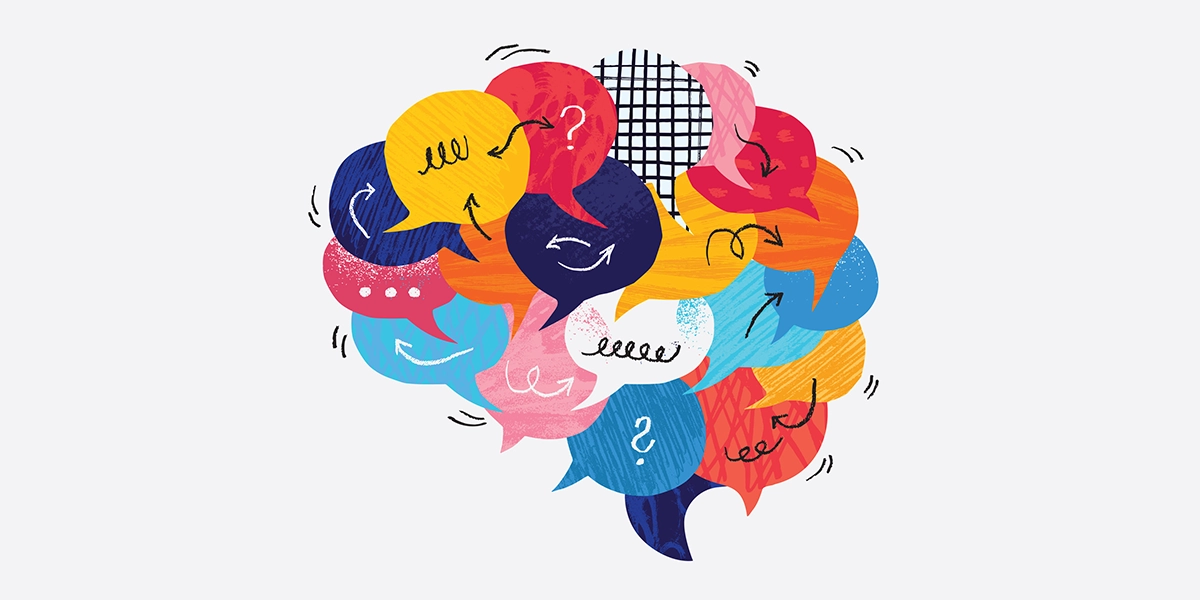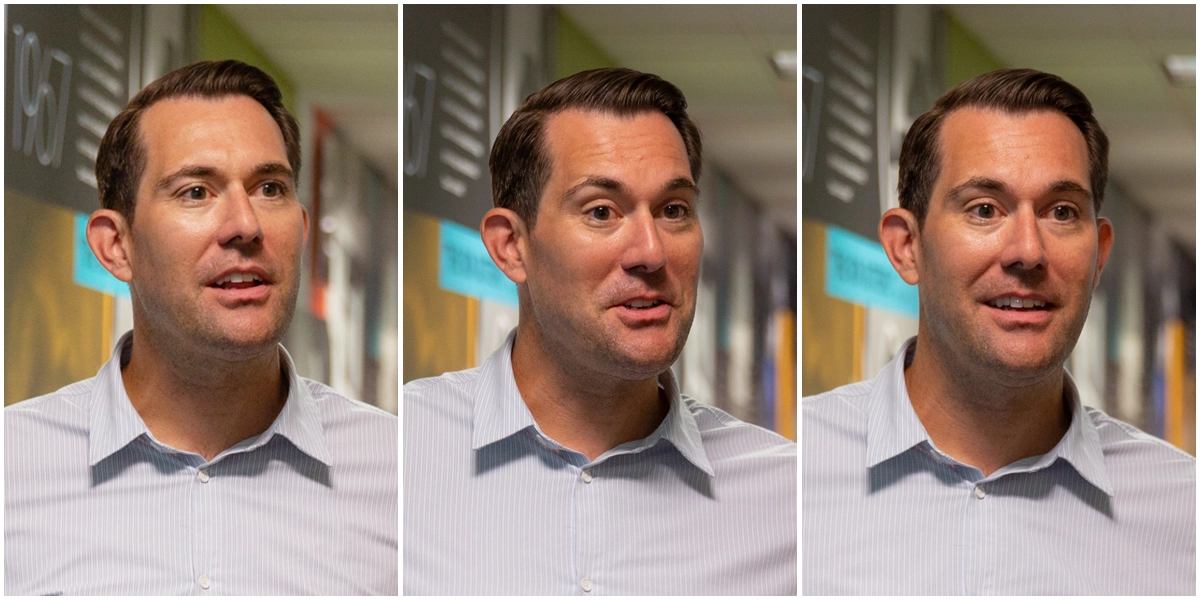Web Scraping Risks Compromised Security, Information Integrity—Why RAG is Better for Technical Content
Web scraping risks are increasingly top-of-mind for all generative AI. Legal liability, inaccurate information, issues with security—they all contribute to creeping unease around notions of using the open web to generate AI content.
And these concerns multiply exponentially when it comes to creating proprietary technical content. Yet GenAI offers a wide range of powerful options for saving time and money in the realm of content creation. How can companies leverage the unprecedented efficiency of AI while mitigating the risks of scraping the open web?
Retrieval Augmented Generation Alleviates Open Web Scraping Risks
AI is transforming everything, including how we think about technical content. Whether it is owner information, service procedures or warranty policy, we are finally within reach of delivering the kind of smart, personalized content that customers and technicians have long been promised.
The infrastructure and technology that will drive this revolution have already been built, which means we are now moving on to an equally important challenge. That is, what information are we feeding these systems?
Legal liability, inaccurate information and issues with security all contribute to creeping unease around using the open web to generate AI content.
Many organizations are promoting tools or solutions that gather content from across the open web to train or supplement their AI systems. At first glance, that may seem impressive. The idea of ingesting millions of pages, indexing forums, pulling from public websites and letting the AI learn from it all could yield an immense amount of information.
Like many things, though, theory and practice are very different things. In practice, scraping the open web for source content is a recipe for confusion, liability, and brand erosion.
The Open Web Is Not a Trusted Knowledge Base
Let’s get something out of the way. The internet is full of incorrect, outdated and contradictory information. A human browser can filter results, apply judgment and check sources. AI, on the other hand, does not always know when to stop and think, especially when it is tasked with answering a question in real time.
Scraping the open web as a source for generative answers introduces three serious problems:
Open Web Scraping Hallucinations
When an AI or LLM does not find the right answer or gets overloaded with conflicting information, it starts inventing things. In the automotive space, for instance, AI may confidently recommend nonexistent fuse locations, mix up trim-level features, or conflate service procedures from different models. None of those mistakes come from malice. They come from bad inputs.

Open Web Security Risks
Even if you’re not ingesting confidential content, scraping the web opens doors to unexpected vulnerabilities. Misclassified information, links to insecure sources, or accidental data exposure can all happen when you invite the internet inside your content pipeline.
Loss of Authority
If your AI is quoting random forums or pulling explanations from user blogs, it weakens the authority of your own documentation. To make matters worse, customers and technicians may not realize what content is official and what’s not. That erodes trust—fast.

None of these mistakes come from malice. They come from bad inputs.
Instead of letting AI guess, smart organizations are grounding their systems in content they already own, including service manuals, training materials, diagnostic procedures, repair policies, and engineering information. These sources are not just safer, they are significantly more useful.
Structured Content Makes RAG Even Smarter
One effective approach is Retrieval-Augmented Generation (RAG). It lets AI tools dynamically search your internal content just like a semantic search engine. It can then generate a natural language response using only those trusted source materials.
With RAG, you’re not training a model to “know” everything. You’re giving it access to a tightly controlled knowledge base and teaching it how to pull the right answer at the right time.
Another benefit is that RAG operates much like a muscle. In other words, it gets stronger the more you use it. Every new owner’s manual, bulletin or policy document can become part of the system without retraining or rewriting. That means that RAG is as scalable as it is accurate.
Companies that have already been using structured content and DITA XML have a substantial head start. Topic-based maps, metadata tags and conditional attributes make structured content ideal for intelligent access.
Making Things Even Better with Model Context Protocol (MCP)
Model Context Protocol, or MCP, is a framework that layers APIs on top of structured content. When paired with RAG, it turns a static set of XML files into a living, searchable system that can respond contextually.
Possibilities abound:
- A service technician asks, “What are the torque specs for this fastener?” and gets a VIN-specific answer.
- A warranty clerk queries, “Is corrosion damage covered on this vehicle?” and sees only the relevant clauses.
- A customer types, “What does this button do?” and gets a clean explanation—grounded in their Owner’s Manual, in their language.
No hallucinations. No scraping. No guessing.

Why This Matters Now
As the industry pivots toward electrification, connectivity, and software-defined experiences, the role of content is evolving. It’s not just about delivery anymore. It’s about precision, personalization, and trust.
Some solutions offer convenience at the cost of quality. They scrape rather than curate. They genericize rather than considering context. They speculate rather than strategize. They risk everything for the sake of coverage.
The best solutions recognize that contextual, interactive and customized content is the way of the future. Thanks to new tools and technologies, that can now be done without compromising on cost or information security.




